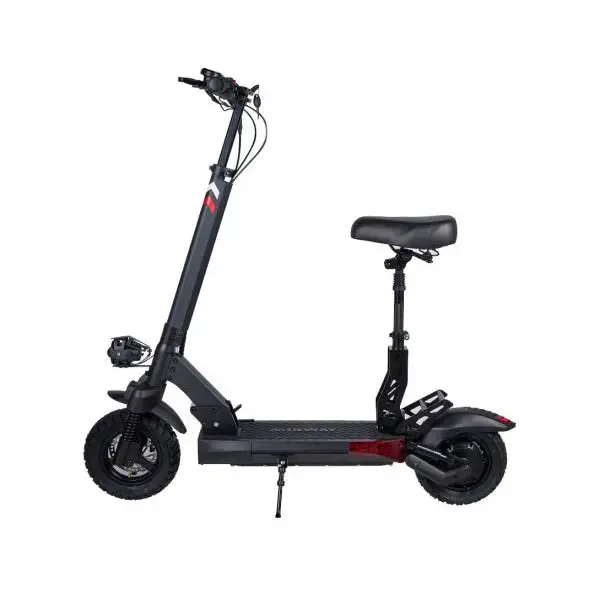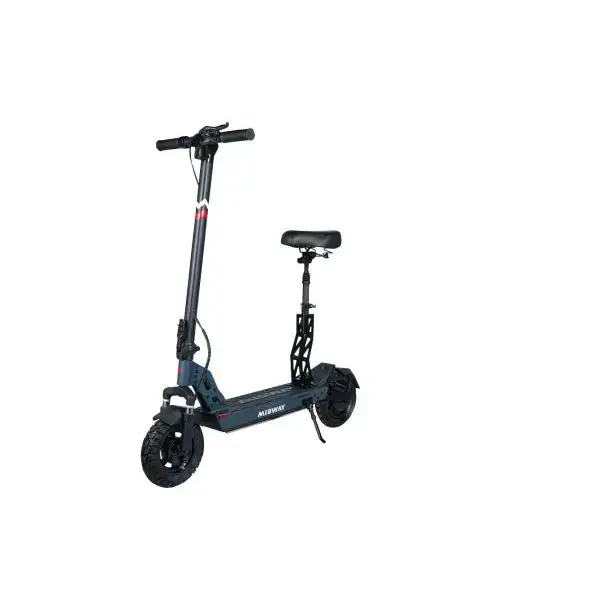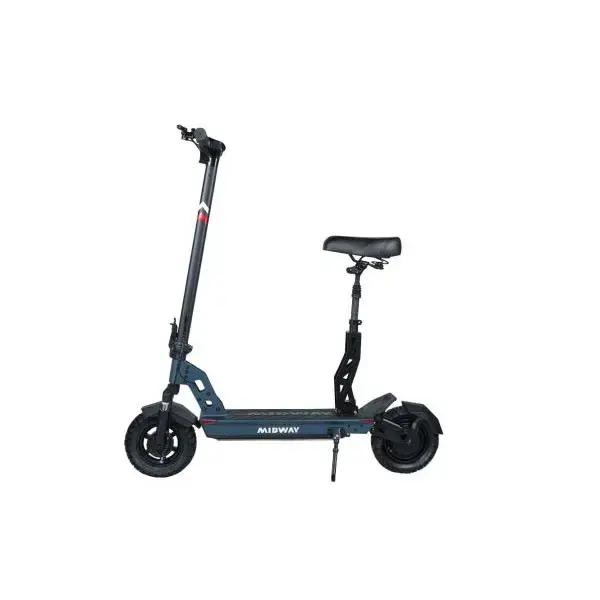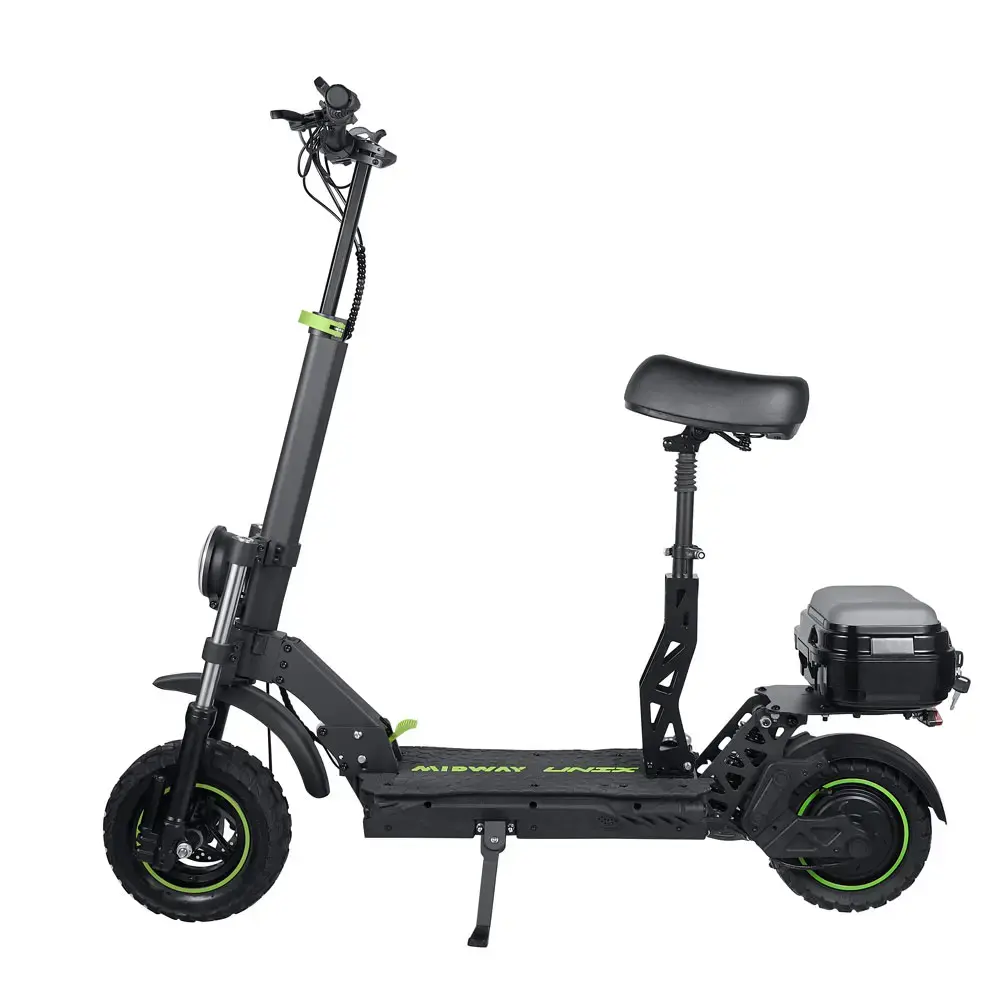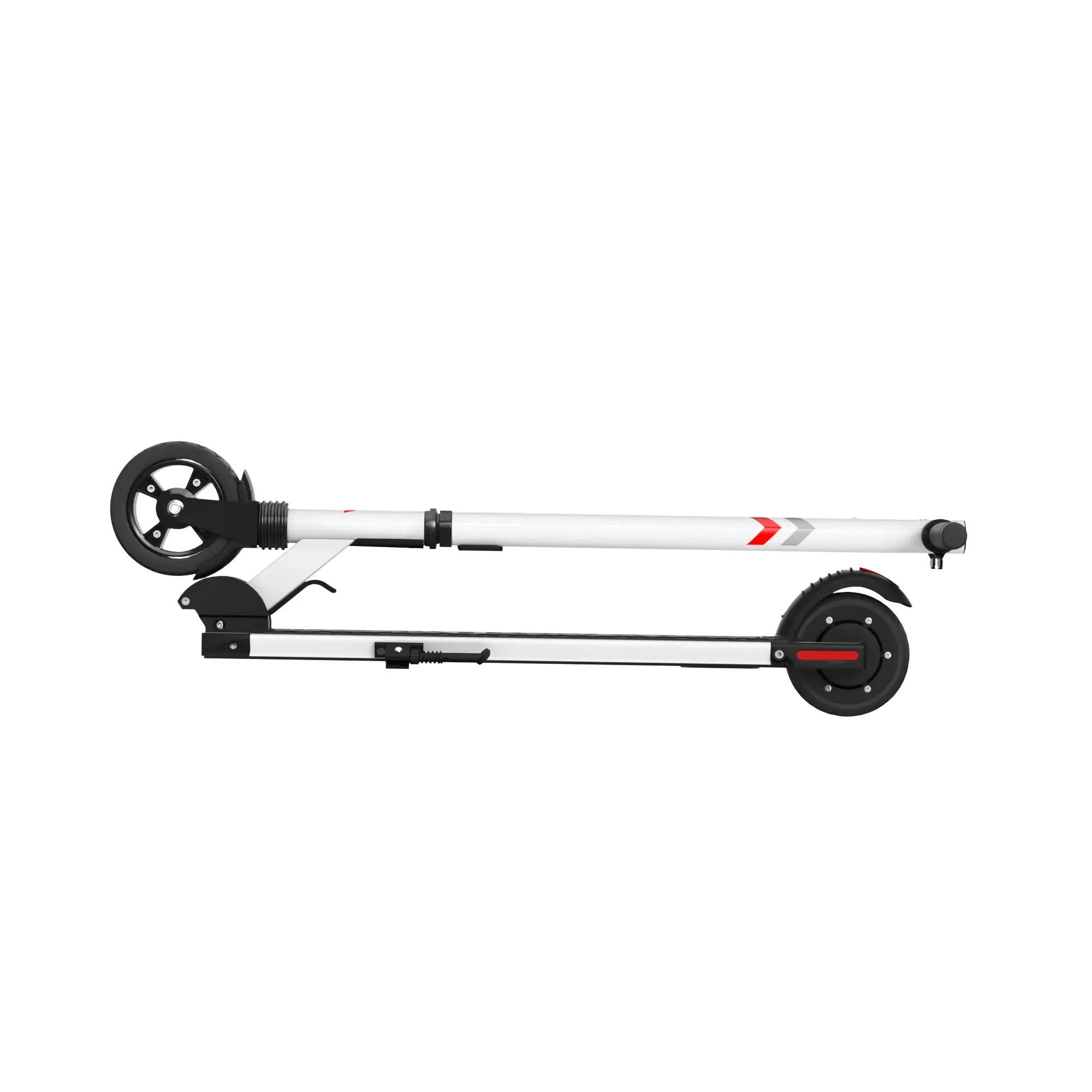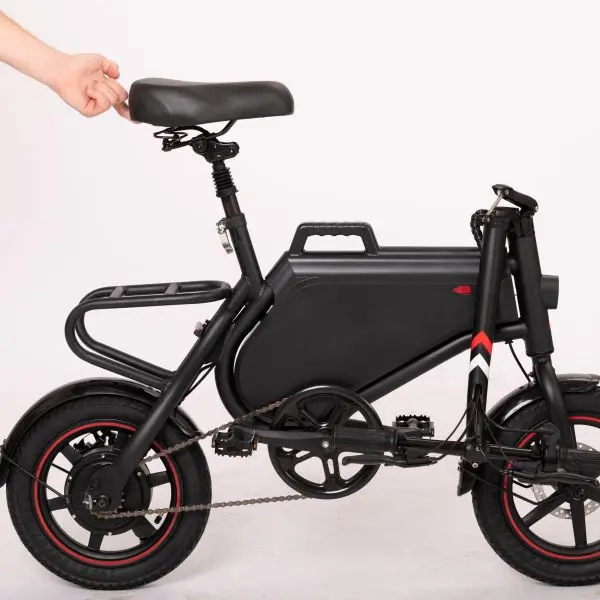The key role of the welding rod angle in the welding of electric scooters and the analysis of defects caused by improper angles
The key role of the welding rod angle in the welding of electric scooters and the analysis of defects caused by improper angles
In the production and manufacturing process of electric scooters, welding is a crucial process, especially for the assembly of key components such as the frame. As an important parameter in the welding process, the welding rod angle has a significant impact on the welding quality. If the welding rod angle is improper, a series of welding defects will be caused, which will not only affect the appearance and performance of the electric scooter, but also may bury safety hazards. This article will deeply explore the various types of welding defects caused by improper welding rod angles for electric scooters, and analyze the causes and effects of their occurrence.
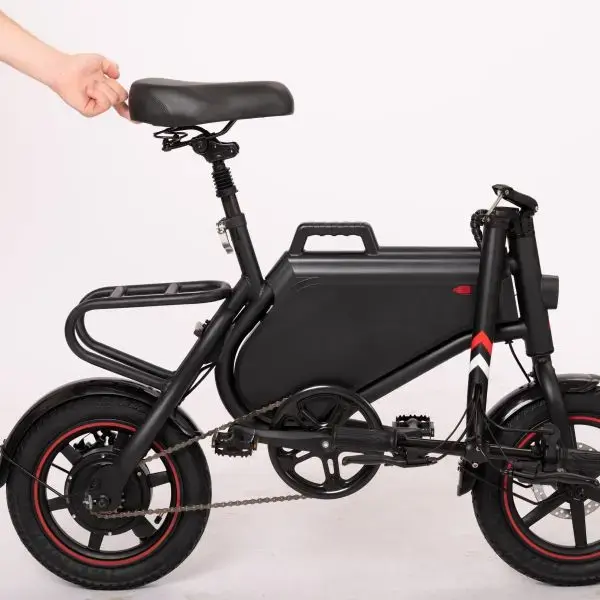
1. Classification of welding defects
Welding defects can usually be divided into two types: external defects and internal defects.
External defects
The appearance shape and size do not meet the requirements: poor weld formation, rough weld wave, uneven weld width, too high or too low weld excess height, one-sided or too concave corner weld leg, etc.
Surface cracks: During the welding process, due to factors such as improper welding rod angles, cracks may occur on the weld surface. These cracks will reduce the strength of the weld joint, and in severe cases, even cause the weld to break.
Surface pores: An unreasonable welding rod angle will affect the protective effect of the molten pool, causing the gas in the air to mix into the molten pool, forming pores on the weld surface, and affecting the density and strength of the weld.
Undercut: An incorrect welding rod angle will cause the arc to melt the base metal unevenly, causing the base metal at the edge of the weld to be over-melted and not fully filled, thus forming an undercut. Undercuts will weaken the effective cross-sectional area of the base metal, reduce the strength of the weld joint, and easily cause stress concentration when bearing, leading to cracks.
Depression: An improper welding rod angle may cause a depression area on the weld surface that is lower than the base metal surface, destroying the smooth transition of the weld and affecting the appearance quality of the weld. It may also become a stress concentration area and reduce the fatigue strength of the weld joint.
Overflow: An incorrect welding rod angle may cause the molten electrode metal to not be well filled into the weld root, but to flow too much to the weld surface, causing overflow, making the weld surface uneven, affecting the appearance and dimensional accuracy of the weld.
Weld nodules: When the electrode angle is not appropriate, the molten metal may sag due to gravity, forming weld nodules. The presence of weld nodules not only affects the appearance of the weld, but also causes uneven stress distribution inside the weld, reducing the performance of the welded joint.
Arc pits: During the welding process, if the electrode angle is not appropriate, arc pits are easily formed when the arc is closed. The arc pit will cause a depression at the end of the weld, resulting in stress concentration, reducing the fatigue strength of the welded joint, and may also become the source of cracks.
Arc scratches: Incorrect electrode angles may cause poor contact between the arc and the surface of the parent material. When moving the arc, it is easy to scratch the surface of the parent material, forming arc scratch defects, which will damage the quality of the parent material surface and reduce the overall performance of the welded joint.
Clear shrinkage holes: Improper electrode angles will affect the cooling rate and shrinkage of the weld, and it is easy to form clear shrinkage holes on the weld surface, causing concave holes on the weld surface, affecting the density and strength of the weld.
Burn-through: When the electrode angle is too steep, the heat will be too concentrated. When welding thin plates or the welding current is too large, it is easy to burn through the parent material, forming a burn-through defect, which seriously affects the quality and performance of the welded joint.
Overburning: Improper electrode angle may cause local overheating of the parent material and overburning. Overburning will make the grain of the parent material coarse, reduce the mechanical properties, make the welded joint fragile, and easily cause defects such as cracks.
Internal defects
Welding cracks: Improper electrode angle will cause uneven distribution of welding stress, resulting in the destruction of the metal atomic bonding force in local areas of the welded joint, forming cracks. The types of cracks include cold cracks, lamellar tearing, hot cracks, reheating cracks, etc. Among them, cold cracks are usually generated during the cooling process after welding, lamellar tearing is the tearing generated along the lamellar structure direction of the steel under the action of welding stress, hot cracks are generated during the high-temperature crystallization of the weld, and reheating cracks are generated during the heat treatment after welding or reheating during use. The presence of cracks is one of the most dangerous defects in welded structures. It will lead to the failure of welded structures, especially when subjected to alternating loads or impact loads. The cracks may expand rapidly and eventually lead to structural fracture.
Porosity: An unreasonable welding rod angle will affect the protection effect of the molten pool and the discharge of gases in the molten pool, allowing gases such as nitrogen and oxygen in the air or hydrogen generated during welding to enter the molten pool, forming pores when the weld metal cools and solidifies. Porosity will reduce the density and strength of the weld metal and weaken the bearing capacity of the weld joint. At the same time, it may also become the source of fatigue cracks. Under the action of alternating loads, it is easy to cause fatigue damage to the weld.
Slag inclusion: An incorrect welding rod angle will affect the flow and distribution of slag, so that the slag cannot float smoothly on the surface of the molten pool, and it will remain inside the weld to form slag inclusions. Slag inclusions will increase non-metallic inclusions in the weld, destroy the continuity and uniformity of the weld metal, reduce the strength and toughness of the weld, and affect the quality and performance of the weld joint.
Incomplete penetration: If the electrode angle is too small, the arc heat will be insufficient and the root of the weldment will not be fully melted, resulting in incomplete penetration. Incomplete penetration will reduce the effective cross-sectional area of the weld joint and reduce the strength of the joint. At the same time, stress concentration will form at the incomplete penetration, making the structure prone to fracture during use.
Incomplete fusion: Improper electrode angle may cause incomplete fusion between the electrode metal and the parent material or between the electrode metal and the electrode metal. Incomplete fusion will form crack-like defects, seriously weaken the strength of the weld joint, and make the joint prone to fracture when bearing load.
Tungsten inclusion: In tungsten inert gas arc welding, if the electrode angle is incorrect, the tungsten electrode may contact the welding wire or weldment, causing tungsten particles to enter the molten pool, forming tungsten inclusion defects. Tungsten inclusion will reduce the performance of the weld metal, especially the toughness, increase the brittleness of the weld, and affect the quality of the weld joint.
Bead inclusion: If the electrode angle is inappropriate, beads may be generated during the welding process, that is, the weld is mixed with unmelted electrode coating or flux particles. Bead inclusion will affect the appearance quality of the weld, and will also reduce the strength and toughness of the weld to a certain extent, causing the performance of the welded joint to decline.
2. Analysis of the causes of welding defects caused by improper electrode angle
Uneven arc heat distribution: When the electrode angle is incorrect, the arc heat distribution will change. For example, if the electrode angle is too large or too small, the arc heat will be too concentrated in a local area of the weldment, causing the area to overheat, while other areas may not have enough heat. This uneven heat distribution will destroy the normal welding thermal cycle, affect the formation and crystallization process of the weld, and thus produce various welding defects, such as incomplete penetration, incomplete fusion, undercut, weld nodules, etc.
Poor molten pool protection: Improper electrode angle will affect the protection effect of the molten pool. During the welding process, the gas shield and slag produced by the burning of the electrode coating protect the molten pool and prevent the invasion of harmful gases in the air. If the electrode angle is incorrect, the molten pool will be exposed to the air, causing nitrogen, oxygen and other gases in the air to enter the molten pool, forming defects such as pores and oxidation, and also causing the weld surface to be oxidized, affecting the quality and performance of the weld.
Abnormal droplet transition: The electrode angle has an important influence on the transition form and transition process of the droplet. When the electrode angle is inappropriate, the transition of the droplet may become unstable, and confusion in the form of short-circuit transition and jet transition may occur, resulting in the inability of the droplet to transition evenly into the molten pool, resulting in welding defects such as weld nodules, undercuts, and depressions. In addition, abnormal droplet transition may also intensify the interaction between the droplet and the molten pool, resulting in spatter and other phenomena, further affecting the welding quality.
Increased welding stress and deformation: Improper electrode angles can cause increased welding stress and deformation. For example, when the electrode angle is too small, the local area of the weldment will be subject to greater constraints during welding, resulting in welding stress concentration and prone to defects such as cracks. At the same time, the increase in welding stress and deformation will change the size and shape of the weldment, affecting the assembly accuracy and performance of the weldment, and thus affecting the overall quality and stability of the electric scooter.
3. The impact of improper welding rod angle on the performance of electric scooters
Reduced structural strength: Welding defects will weaken the strength of the welded joints of electric scooters, making the vehicle prone to structural failure when bearing loads. For example, the frame is an important load-bearing component of the electric scooter. If there are defects such as incomplete penetration, incomplete fusion, and cracks in the frame weld, the bending and torsional strength of the frame will be greatly reduced, which may cause the frame to deform or even break during riding, seriously endangering the safety of the user.
Impact on driving stability: The welding quality of some key components of electric scooters, such as handlebars and struts, will also affect driving stability. If the welds of these components have defects such as undercuts and weld nodules, the connection strength of the components will be insufficient. During the driving of the vehicle, shaking and shaking may occur, affecting the controllability and stability of the vehicle, giving the user an uncomfortable riding experience, and even causing accidents.
Shorten the service life: welding defects will become the source of fatigue cracks. During the frequent use of electric scooters, they are subjected to alternating loads such as vibration and impact, and the cracks will gradually expand, eventually leading to weld fractures, greatly shortening the service life of the vehicle. In addition, defects such as pores and slag inclusions will reduce the density and corrosion resistance of the weld, making the weld more susceptible to erosion by the external environment, further accelerating the aging and damage of the weld, and affecting the service life of the electric scooter.
Affecting the appearance quality: welding defects such as surface pores, weld nodules, and undercuts will affect the appearance quality of the electric scooter, making the appearance of the vehicle rough and uneven, reducing the product's aesthetics and market competitiveness. For consumers who pursue fashion and individuality, appearance quality is also one of the important factors in their choice of electric scooters. Therefore, welding defects may lead to unsalable products and affect the economic benefits of the enterprise.
4. Measures to prevent welding defects caused by improper welding rod angles
Correctly select the welding rod angle: When welding the various components of the electric scooter, the welding rod angle should be correctly selected according to different welding positions, welding processes and parent material characteristics. For example, when performing flat welding, the electrode angle is generally 60°-80°; when performing vertical welding, the electrode angle should be appropriately reduced, generally 40°-50°; when performing horizontal welding, the electrode angle should be adjusted according to the position and direction of the weld, generally 30°-40°; when performing overhead welding, the electrode angle should be smaller, generally 20°-30°. At the same time, it should also be adjusted according to the requirements of different welding methods, such as manual arc welding, argon arc welding and other welding methods have different requirements for electrode angles.
Strengthen welding personnel training: The technical level and operation proficiency of welding personnel play a key role in the control of electrode angles and welding quality. Therefore, enterprises should strengthen the training of welding personnel, make them familiar with various welding processes and operating procedures, master the correct electrode angle selection and adjustment methods, and improve welding skills and quality awareness. Through regular training and assessment, ensure that welding personnel can strictly operate according to requirements to avoid welding defects caused by improper electrode angles due to human factors.
Use appropriate welding equipment and tooling: Advanced welding equipment and tooling can improve the stability and accuracy of welding, help control the electrode angle, and reduce the occurrence of welding defects. For example, the use of automatic welding equipment or semi-automatic welding equipment can realize automatic wire feeding and swinging of the electrode to ensure the consistency of the electrode angle; the use of welding positioners, fixtures and other tooling can accurately position and fix the weldment, provide good conditions for welding operations, and enable welders to more conveniently control the electrode angle and improve welding quality.
Strengthen the monitoring and inspection of the welding process: During the welding process, the monitoring and inspection of the welding process should be strengthened, and problems such as improper electrode angles should be discovered and corrected in time. By setting welding quality monitoring points, non-destructive testing methods such as ultrasonic flaw detection and radiographic flaw detection can be used to detect welds, timely discover internal welding defects, and analyze and deal with the causes of defects. At the same time, the appearance quality of welding should be strictly inspected, and welds that do not meet the requirements should be repaired in time to ensure that the welding quality meets the standard requirements.
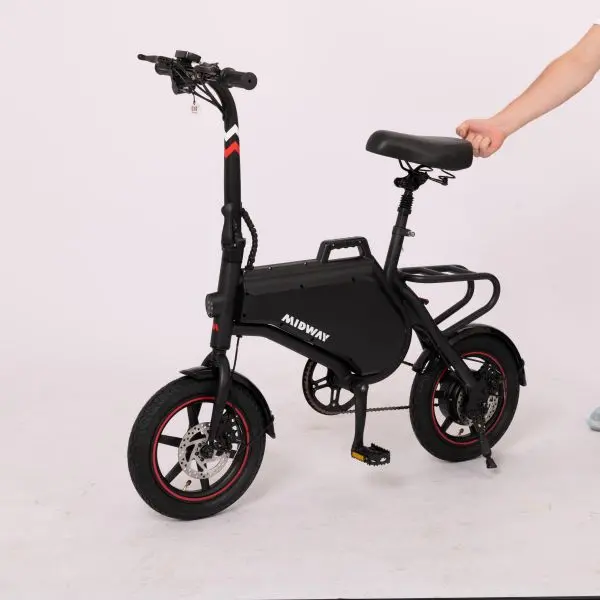
5. Conclusion
The welding rod angle plays a vital role in the welding process of electric scooters. Improper welding rod angles can lead to various welding defects, which can seriously affect the performance and quality of electric scooters and even endanger the safety of users. Therefore, it is of great significance to deeply understand the influence of welding rod angle on welding quality, take effective preventive measures, and correctly control welding rod angle to improve the welding quality and overall performance of electric scooters. By strengthening the training of welding personnel, selecting appropriate welding equipment and tooling, strictly controlling welding process parameters, and strengthening the monitoring and inspection of the welding process, welding defects caused by improper welding rod angles can be effectively avoided, and high-quality and high-performance electric scooters can be produced to meet market demand and consumer expectations.






